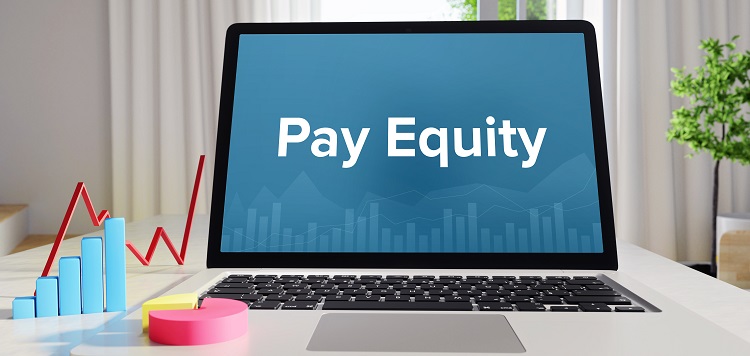In today’s world, businesses are finally awakening to the importance of pay equity. With movements like #MeToo and #EqualPay gaining widespread media attention, companies are being held accountable for their attitudes and actions towards equality in the workplace. But while executives may perceive pay equity as a critical component of their business and people strategy, it seems that the majority are failing to achieve pay equity maturity. So, what’s the problem? This article will explore the importance of clear communication around pay equity and how it can impact business success.
Importance of clear communication of pay equity for employee retention and engagement
Research shows that clear communication of fair pay is nearly 13 times more crucial for employee retention and engagement than discussing “high levels of pay and benefits.” This means that it is important for employees to know that their company has a fair and transparent approach to pay and that they are being paid equitably for the work they do. Without this clear communication, employees can become disengaged, lose trust in the company, and ultimately decrease retention rates.
While “high levels of pay and benefits” may seem like an attractive proposition for employees, research shows that it’s not enough to retain and engage them. In fact, employees would rather have a more equitable pay system than a higher salary. This is because they place a higher value on fairness and transparency, and without it, they may begin to question their own worth to the company. It’s important that companies prioritize clear communication and transparency to maintain employee engagement and morale.
Executives perceive pay equity as a critical component of their business and people strategy, yet despite its importance, it seems that many businesses are still struggling to achieve it. Approximately 71% of executives acknowledge pay equity as a crucial aspect of their business and people strategy. However, 95% of companies are failing to attain pay equity maturity. This suggests that although there is a growing awareness of the issue, there is still a considerable gap between perception and action.
High percentage of companies fail to achieve pay equity maturity. So, why are so many companies failing to achieve pay equity maturity? One reason may be the lack of clear communication around the issue. Without transparent communication between employers and employees, it is difficult to identify and address pay equity issues. Additionally, many companies may simply overlook the issue until a legal, compliance, or reputational risk arises, which is not a sustainable approach.
Effects of unfair pay practices on employee confidence and trust in the company
When employees perceive unfair pay practices, their confidence in the company is damaged, and their sense of trust is eroded. This not only impacts their engagement and retention rates, but it can also lead to negative perceptions of the company among their peers and on social media. It’s important for companies to address these issues proactively to avoid potential reputation damage in the long term.
Outcomes of effective pay equity policies in the 5% of companies that achieve it
Among the 5% of companies that have effective pay equity policies, several outcomes were noticeable. These companies reported higher levels of employee engagement, retention rates, and overall business success. This suggests that a fair and transparent pay system is not only a moral imperative, but it can also be a key driver of business success.
The common approach of overlooking pay equity until legal or reputational risks arise is unfortunate. Many companies still do this instead of addressing the issue proactively. This approach is not sustainable. By being more transparent and proactive around pay equity, companies can create a culture of trust and fairness that benefits everyone.
A low percentage of companies appear to be listening to employee feedback on pay equity, with only 21% of them doing so. Such a situation suggests that companies may not be taking employee concerns seriously or may not be adequately addressing them. By listening to employee feedback and taking proactive steps to address their concerns, companies can build an environment in which employees feel included, valued, and engaged.
Use of data and equity platforms to identify pay equity problems
Some companies are using data and equity platforms to find pay equity problems. This approach can help organizations quickly and effectively identify and address any inequalities in pay, which can benefit both employees and the business as a whole.
Historically, pay equity has been an aim in the U.S. since the passage of the 1963 Equal Pay Act, which prohibited overt policies and practices that paid women and men different amounts for equal work. Although progress has been made, there is still a lot of work to be done to achieve true pay equity in the U.S. and around the world.
It is heartening to see that an increasing number of organizations are addressing pay equity issues, including the racial pay gap between white and non-white workers. By recognizing and addressing these inequalities, companies can create a more diverse, equitable, and inclusive workplace that benefits everyone.
In conclusion, clear communication about pay equity is crucial for business success. Businesses that prioritize transparency, fairness, and equity in their pay systems can benefit from higher levels of employee engagement and retention rates, leading to overall business success. By taking a more proactive approach to pay equity, businesses can create a more inclusive and equitable workplace that benefits everyone.

